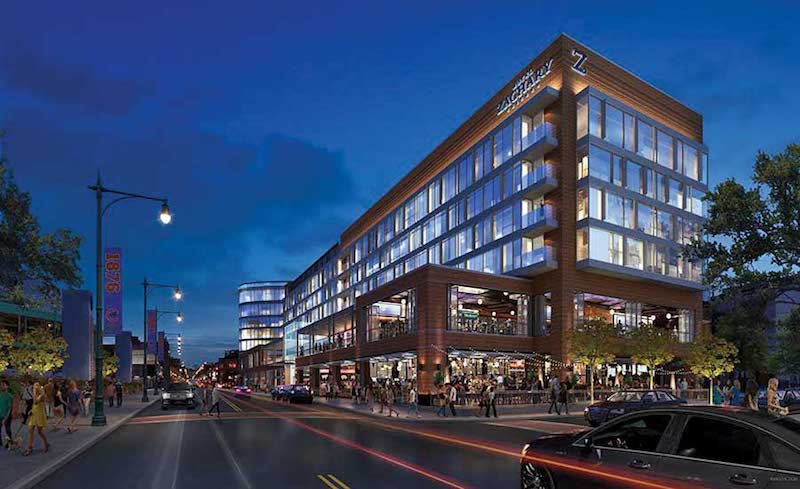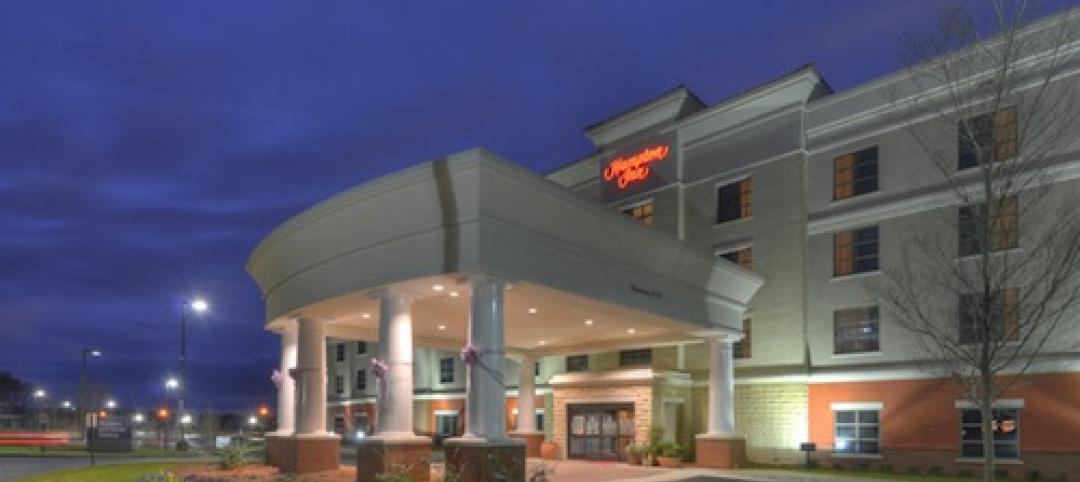Wrigley Field’s many renovations have been well documented over the past few years, but the historic ballpark isn’t the only thing undergoing an evolution of sorts. The area surrounding the Friendly Confines has also been experiencing a hefty amount of construction recently, as well.
New restaurants, bars, and a family-friendly park have been slowly creeping and expanding like ivy over brick throughout the Wrigleyville area. One of the newest additions now open for business is Hotel Zachary, a 173-room hotel nestled into a tight site directly adjacent to Wrigley Field.
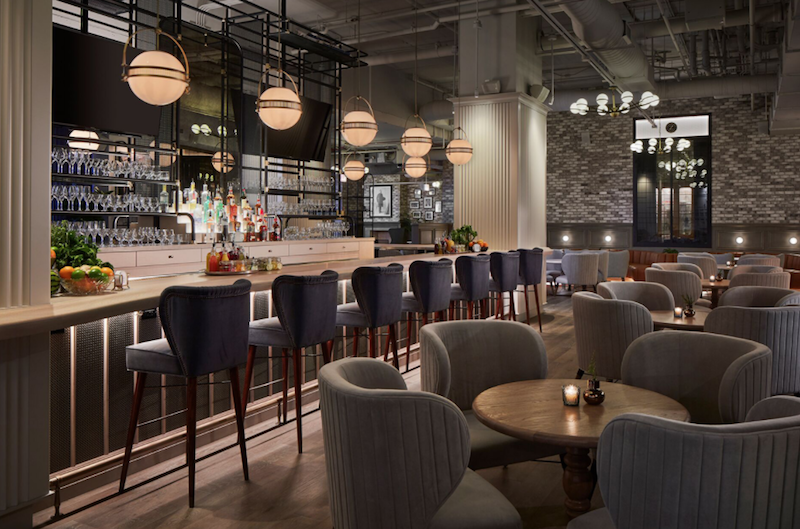 Courtesy Dave Burk Photography.
Courtesy Dave Burk Photography.
The design of the 238,000-sf hotel pays homage to the eponymous Zachary Taylor Davis, the architect who designed Wrigley Field in 1914. Hickory Street Capital, owner of Hotel Zachary, and Stantec Architecture and Studio K Creative, designers of Hotel Zachary, worked closely with the Davis family to ensure his legacy was properly conveyed in the new hotel.
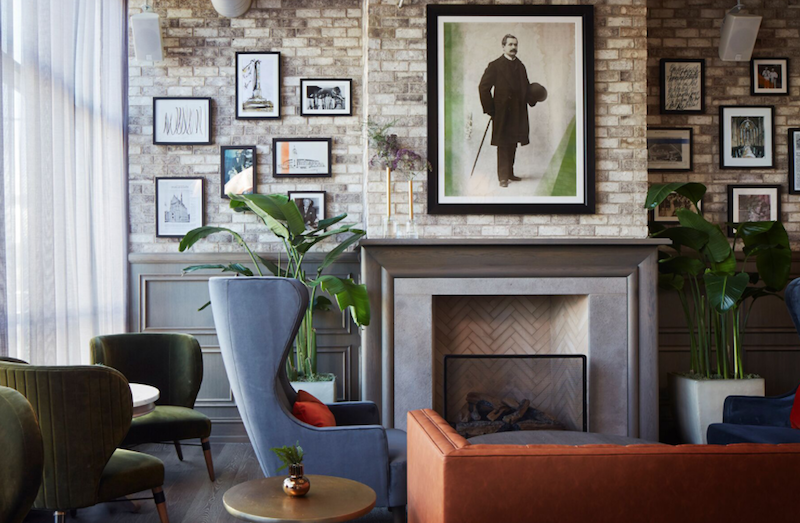 Courtesy Dave Burk Photography.
Courtesy Dave Burk Photography.
In addition to the guestrooms, Hotel Zachary will also feature various Chicago-based retail and restaurant offerings. The retail offerings will inhabit the storefronts to create a strong street presence. The glass exterior of the building is complemented by wood paneling and comfortable interiors.
Walsh Construction built the project, which was delivered ahead of schedule in March 2018.
 Courtesy Dave Burk Photography.
Courtesy Dave Burk Photography.
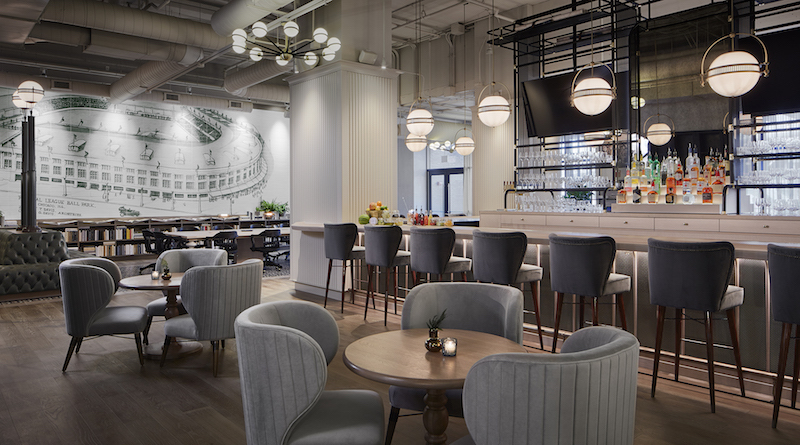 Courtesy Dave Burk Photography.
Courtesy Dave Burk Photography.
Related Stories
| Jun 5, 2013
USGBC: Free LEED certification for projects in new markets
In an effort to accelerate sustainable development around the world, the U.S. Green Building Council is offering free LEED certification to the first projects to certify in the 112 countries where LEED has yet to take root.
| Jun 4, 2013
SOM research project examines viability of timber-framed skyscraper
In a report released today, Skidmore, Owings & Merrill discussed the results of the Timber Tower Research Project: an examination of whether a viable 400-ft, 42-story building could be created with timber framing. The structural type could reduce the carbon footprint of tall buildings by up to 75%.
| Jun 3, 2013
Construction spending inches upward in April
The U.S. Census Bureau of the Department of Commerce announced today that construction spending during April 2013 was estimated at a seasonally adjusted annual rate of $860.8 billion, 0.4 percent above the revised March estimate of $857.7 billion.
| May 21, 2013
7 tile trends for 2013: Touch-sensitive glazes, metallic tones among top styles
Tile of Spain consultant and ceramic tile expert Ryan Fasan presented his "What's Trending in Tile" roundup at the Coverings 2013 show in Atlanta earlier this month. Here's an overview of Fasan's emerging tile trends for 2013.
| May 20, 2013
Jones Lang LaSalle: All U.S. real estate sectors to post gains in 2013—even retail
With healthier job growth numbers and construction volumes at near-historic lows, real estate experts at Jones Lang LaSalle see a rosy year for U.S. commercial construction.
| May 16, 2013
Chicago unveils $1.1 billion plan for DePaul arena, Navy Pier upgrades
Hoping to send a loud message that Chicago is serious about luring tourism and entertainment spending, Mayor Rahm Emanuel has released details of two initiatives that have been developing for more than a year and that it says will mean $1.1 billion in investment in the McCormick Place and Navy Pier areas.
| Apr 30, 2013
Tips for designing with fire rated glass - AIA/CES course
Kate Steel of Steel Consulting Services offers tips and advice for choosing the correct code-compliant glazing product for every fire-rated application. This BD+C University class is worth 1.0 AIA LU/HSW.
| Apr 24, 2013
Los Angeles may add cool roofs to its building code
Los Angeles Mayor Antonio Villaraigosa wants cool roofs added to the city’s building code. He is also asking the Department of Water and Power (LADWP) to create incentives that make it financially attractive for homeowners to install cool roofs.
| Apr 2, 2013
6 lobby design tips
If you do hotels, schools, student unions, office buildings, performing arts centers, transportation facilities, or any structure with a lobby, here are six principles from healthcare lobby design that make for happier users—and more satisfied owners.


